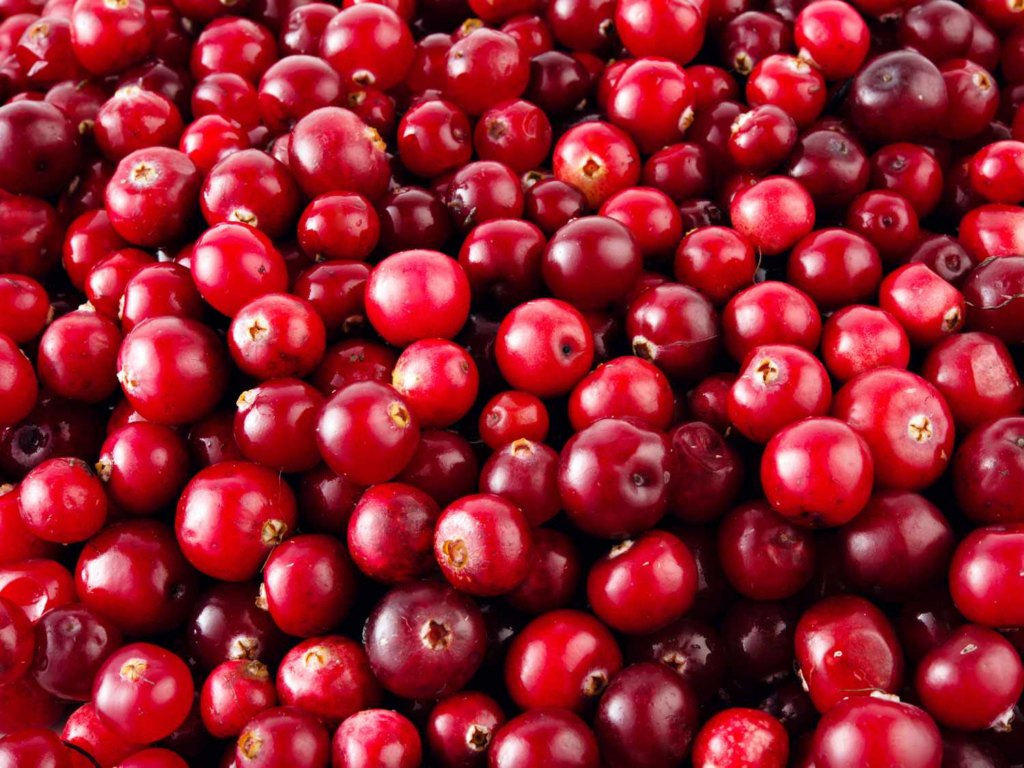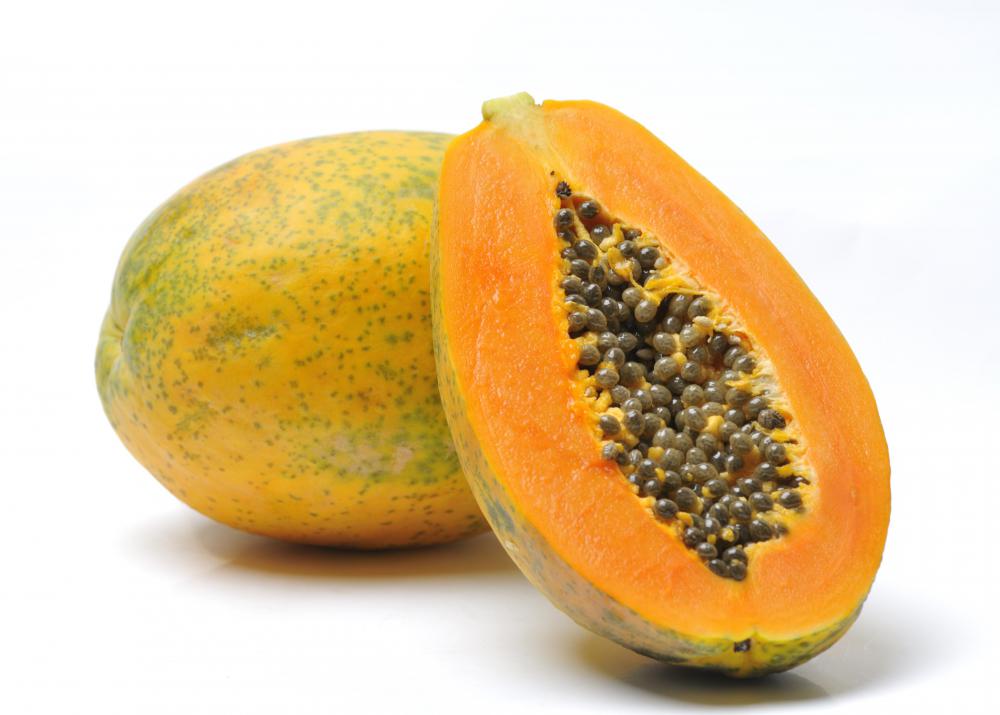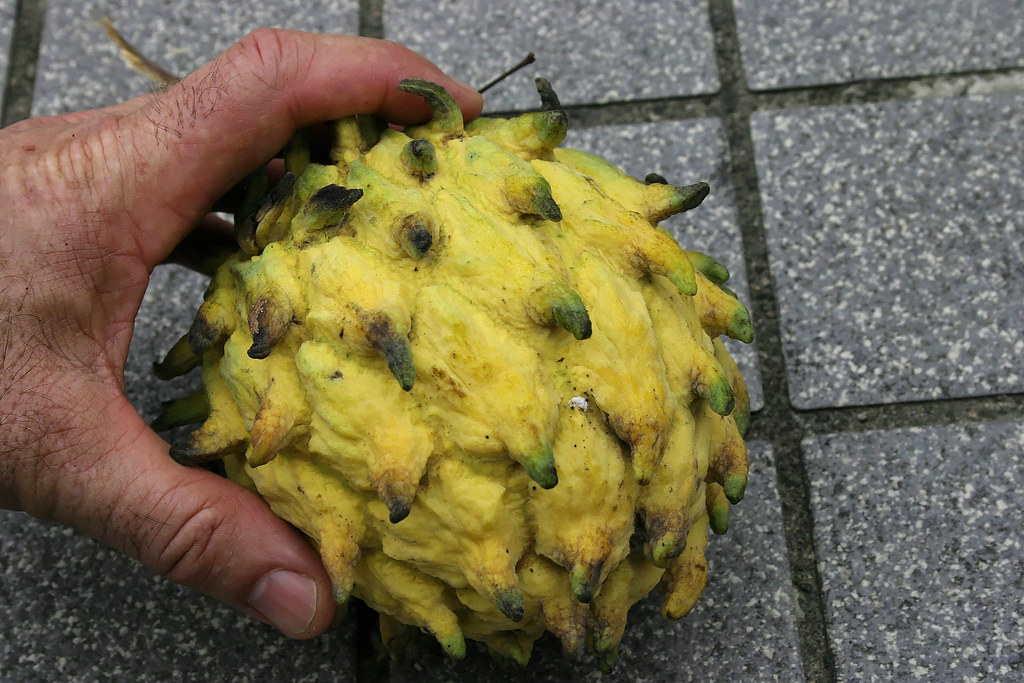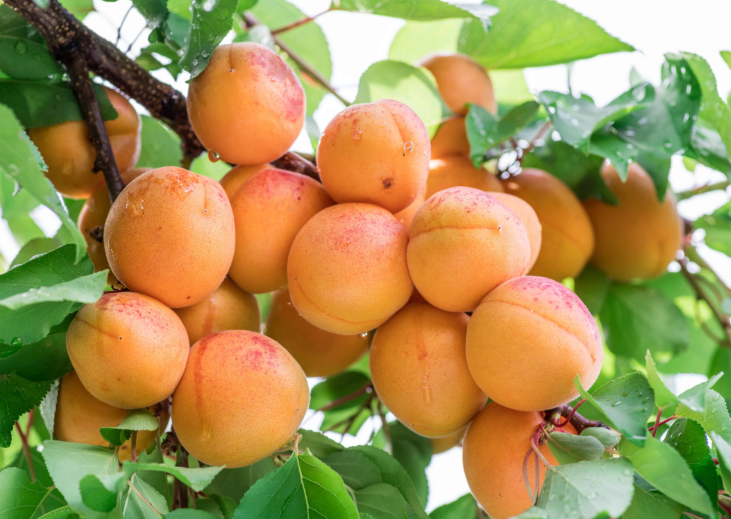Sycamore fruit can be very good for you, but to make the most of it, you need to eat it the right way. In this detailed guide, I’ll teach you how to enjoy sycamore fruit and all the health benefits it offers.
The unique taste of sycamore fruit is one you will remember. It’s a bit sour and tart, kind of like a desert fruit, and it grows a lot in North America. People here have been eating it for a long time. If you eat it the way you should, it can give you lots of good vitamins and stuff.
Table of Contents
The Good Stuff in Sycamore Fruit for Your Health
Sycamore fruit is packed with good things like vitamins, minerals, especially lots of vitamin C, potassium, and fiber. This superfood has things called antioxidants that fight off bad stuff in your cells and help you stay healthy.
People also think sycamore fruit might help with swelling and stop you from getting really sick. It’s good for your tummy, too, and can help you keep your weight in check. Scientists are still studying sycamore fruit to learn more about its health benefits.
Finding and Picking the Best Sycamore Fruit
There are a few tips for picking the very best sycamore fruit.
The fruit should look full and strong without any dark marks or soft spots. It’s usually yellowish-green or brownish-green. If you gently press it, it should give a little but not be mushy.
Another tip is to look at the bottom where the stem was. If it’s a bit dented in, it means it’s ripe. A nice, sweet smell is also a good sign.
The last thing is to eat them soon after picking since they’re usually picked in the fall and are best fresh.
Cooking with Sycamore Fruit: Adding it to Your Meals
Sycamore fruit can add something special to both sweet and salty dishes. Here are a bunch of ways to use it in the kitchen:
- Jam with Sycamore Fruit – Cook the fruit with sugar and lemon until it’s nice and thick. Spread it on bread or put it on yogurt or ice cream.
- Sorbet with Sycamore Fruit – Mix the fruit with sugar, lemon, and water and then freeze it in an ice cream maker for a yummy cold dessert.
- Sycamore Fruit Pie – You can swap apples for sycamore fruit in a regular apple pie recipe.
- Chutney with Sycamore Fruit – Cook the fruit with sugar, vinegar, and spices until it turns into a sweet and sour sauce that’s really good with meat and cheese.
- Fruit Salad with Sycamore Fruit – Cut the fruit up and mix it with other fruits like apples and pears for a fresh salad.
- Smoothie with Sycamore Fruit – Blend the fruit with yogurt, honey, and other fruits for a healthy drink that’s full of good stuff.
- Juice with Sycamore Fruit – If you like sweet drinks, make juice by blending the sycamore fruit with water and some sugar for a taste of summer.
These ideas are just the start. You can find more ways to enjoy sycamore fruit!
Be Careful When Eating Sycamore Fruit
While it’s usually okay to eat sycamore fruit, there are some things to watch out for.
- Allergic Reactions: Some people might get an allergy from the fruit, like itching, or worse, trouble breathing. If this happens, go see a doctor fast.









